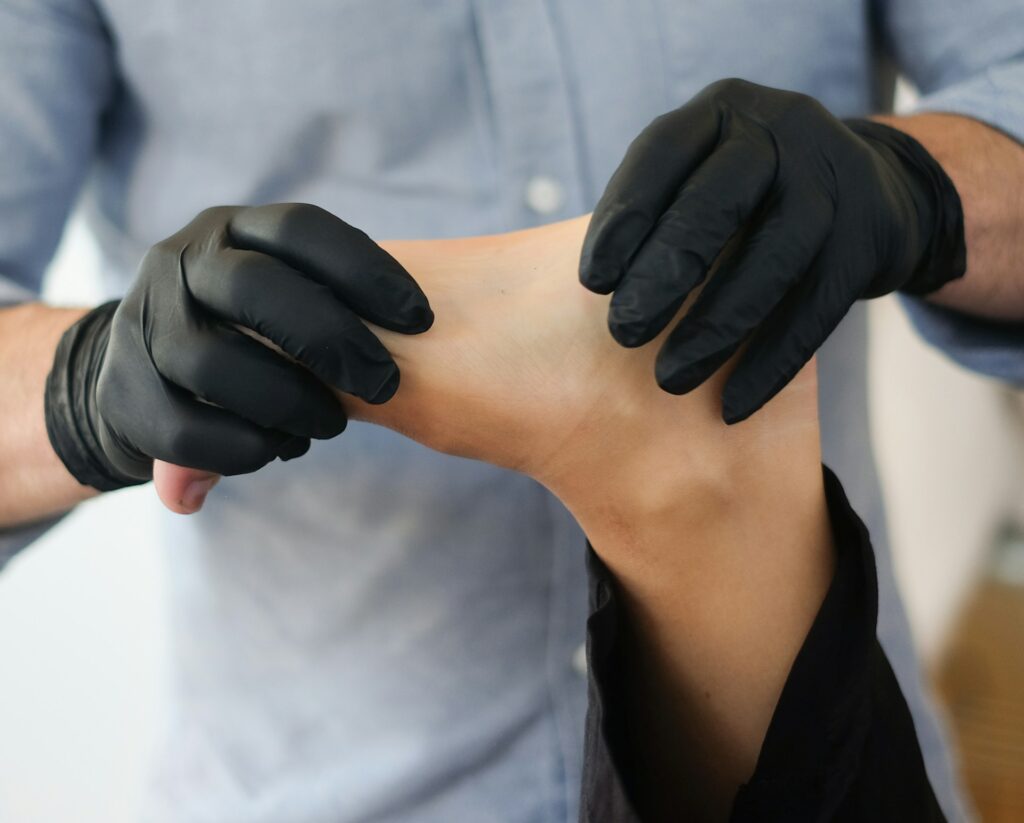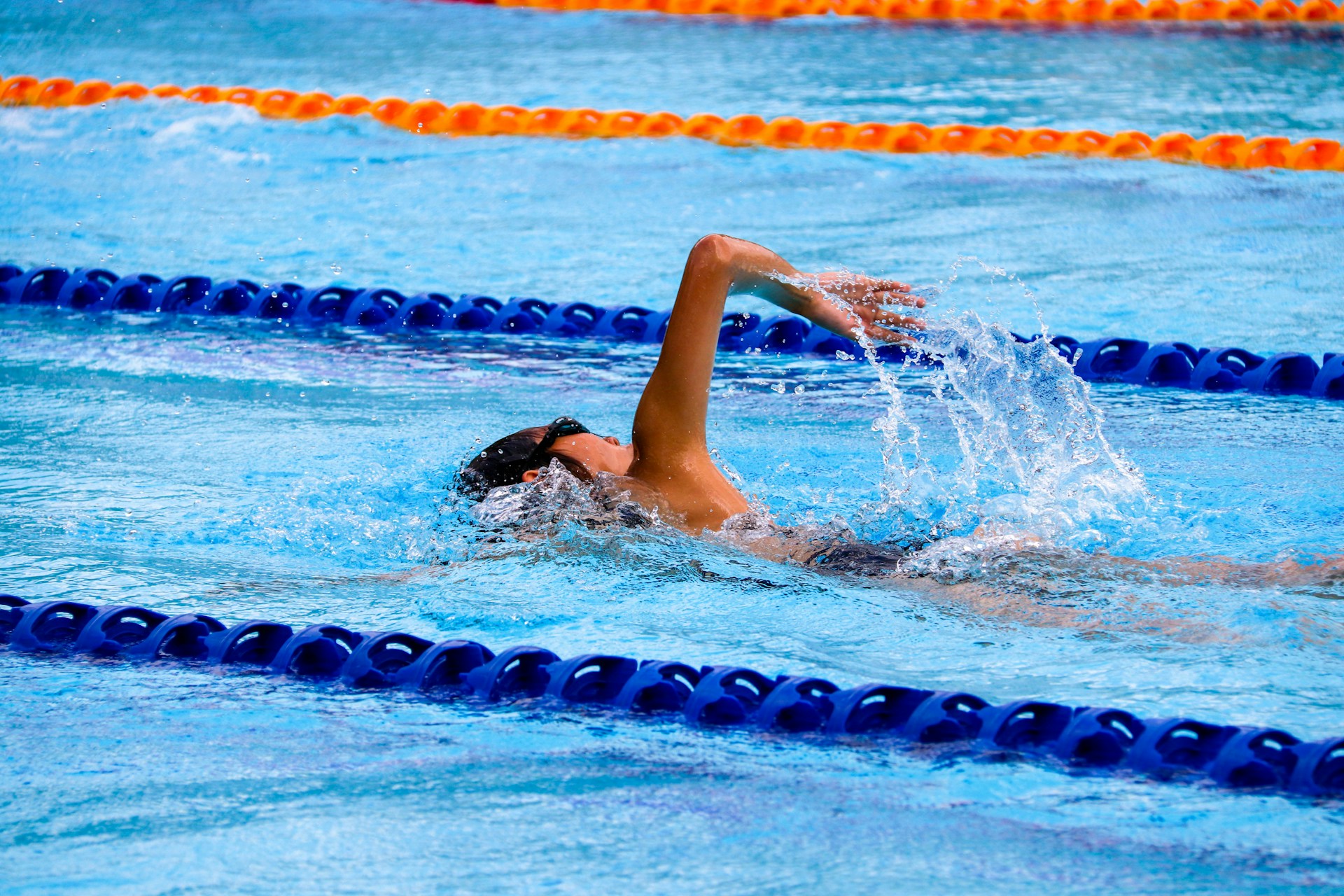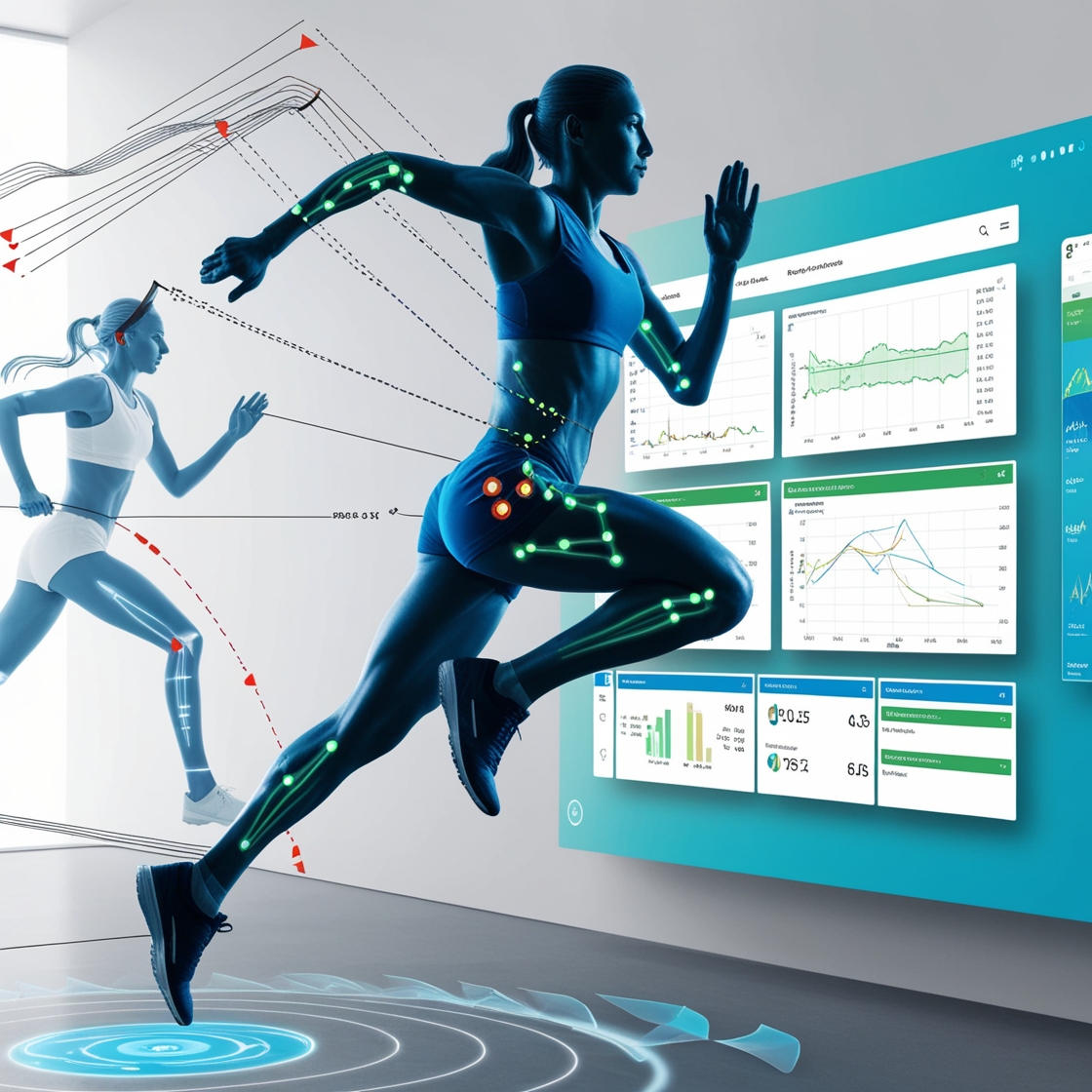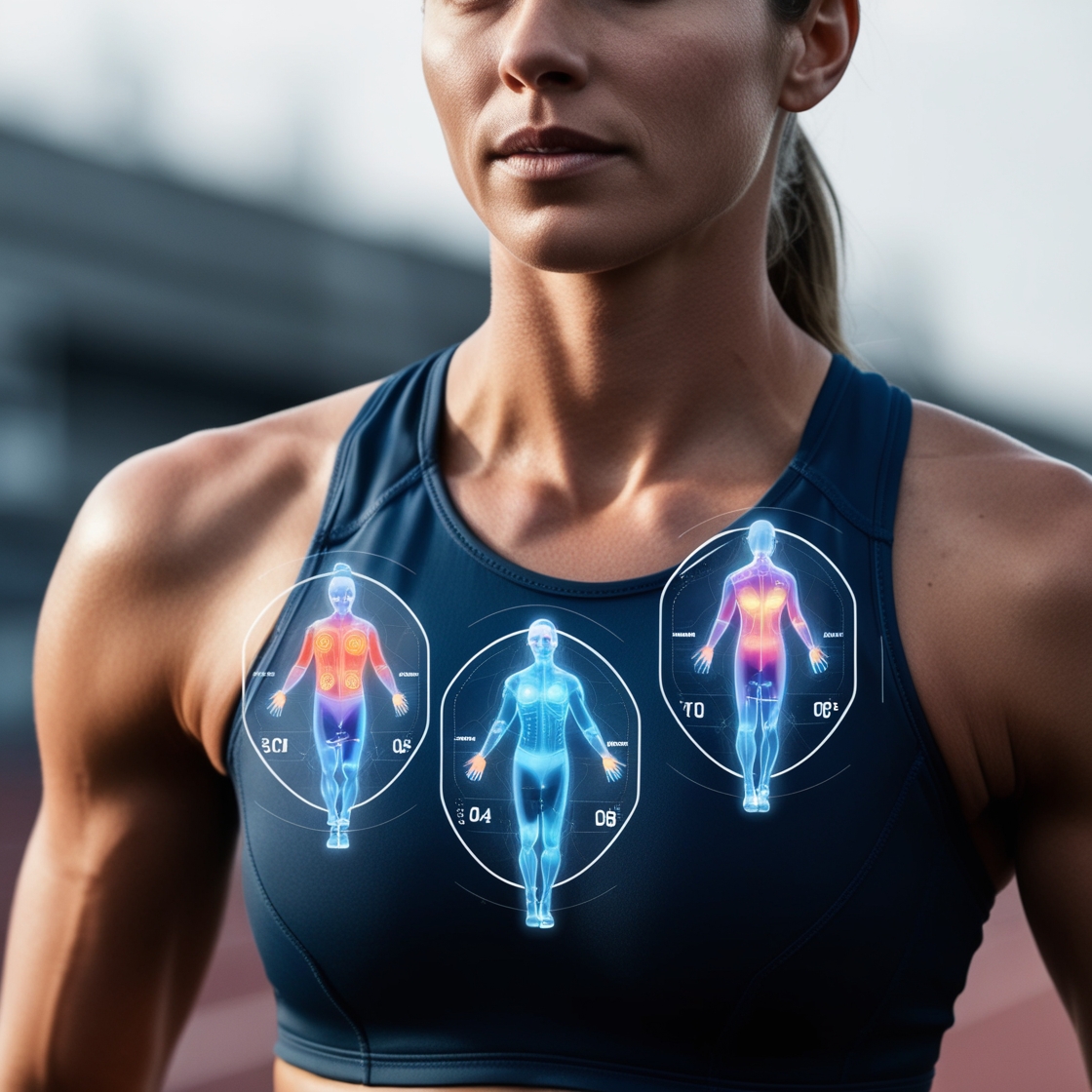Introduction
Biomechanics Analysis is revolutionizing how we understand and optimize human movement by merging science, technology, and data. This innovative discipline digs deep into minute details of motion patterns, force dynamics, and the mechanical structure of the body to uncover insights that significantly enhance athletic performance, reduce the risk of injuries, and improve rehabilitation outcomes. Whether it is an elite athlete striving to perfect their technique in hopes of a new personal best or a patient post-surgery looking to regain mobility, Biomechanics Analysis is the backbone of human performance and health optimization.
At its core, Biomechanics Analysis uses different sophisticated tools and methodologies that include motion tracking, kinematic analysis, and force measurement to study how the human body interacts with its environment. Such technologies record huge amounts of data, which are computationally processed and interpreted using the power of Data Analytics to produce results. For example, gait analysis helps to define subtle irregularities in walking.
Musculoskeletal modeling offers a virtual, internally detailed simulation of the human body that enables the practitioner to plan and test, through simulation, alternative movements in controlled conditions. This information-driven approach empowers the professional with the ability to design solutions not only to enhance the efficiency of movement but also to decrease stress and strain on joints, tendons, and muscles.
The application of Biomechanics Analysis ranges from the laboratory and clinical environments to a broad perspective of applications that include sports performance optimization, healthcare rehabilitation, and ergonomic workplace design. From designing custom exercise programs for athletes to developing better prosthetics for patients, or even planning workspaces that minimize musculoskeletal strain, the real-world impacts of biomechanics run deep.
But how does such biomechanical analysis translate into concrete strategies for individuals and industries alike? In other words, the question has to do with the dynamics of movement concerning change—through biomechanical powers. The ability to ensure maximum performance of a professional in sports, quick recovery in healthcare to ensure long-term wellness, and healthier, more productive working environments in ergonomics are among its various aspects.
The practical benefits of biomechanics extend to every aspect of life where movement and performance intersect. In this article, we will delve deep into these applications and provide actionable insights into the incredible potential of Biomechanics Analysis in shaping the future of human movement.
How Can Biomechanics Revolutionize Sports Training?


Precision Training through Data-Driven Insights: Takeaways
Motion Tracking and Kinematic Analysis:
- Takeaway: Advanced motion tracking and wearable sensors provide real-time insights into an athlete’s movements that help coaches and analysts pinpoint inefficiencies or imbalances.
Force Measurement and Load Optimization:
- Takeaway: Tools like force plates are used to measure the forces exerted during activities, thus enabling optimized load management, reducing overtraining risks, and enhancing the efficiency of movement.
Injury Risk Assessment:
- Takeaway: Biomechanics Analysis will predict injury risks by analyzing joint mechanics and posture, and it will estimate proactive intervention to prevent those injuries.
Real-Time Feedback for Technique Refining:
- Takeaway: Interactive dashboards, in conjunction with biomechanical modeling, provide immediate feedback that enables athletes to refine their techniques on the spot for higher performance and prevention of injuries.
Industrial Application: Takeaways
Sports Biomechanics:
- Takeaway: Athletes will perfect their techniques by using biomechanics, while companies design performance-enhancing gear, such as running shoes, based on data insights.
Rehabilitation and Healthcare:
- Takeaway: The knowledge of biomechanics enables the physiotherapist to develop and update personalized plans for rehabilitation in cases of musculoskeletal injury.
Ergonomic Design:
- Takeaway: Biomechanics provides workplace ergonomics data to design tools and workplaces to minimize strain and enhance productivity.
Conclusion
Only through Biomechanics Analysis can such a leap into the future of seamlessly connecting data precision and practical use be achieved. By mixing Data Analytics with musculoskeletal modeling and kinematic analyses, a deep understanding of human movement finds its impetus in pioneering applications across different domains.
Regardless of its merit, biomechanical analysis is still difficult to implement due to the involvement of sophisticated equipment, skilled practitioners, and a commitment to integrating data-driven insights into decision-making. However, the rewards make it all worth the work: improved performance, reduced injury risks, and improved quality of life.
Whether refining an athlete’s technique, accelerating patient recovery, or designing ergonomic workspaces, some of the most complex questions about human movement find pretty actionable answers through Biomechanics Analysis. Living in a world where data is king, those will lead the way toward fostering a future wherein every step is optimized and every movement is purposeful, who embrace the power of biomechanics analysis.



